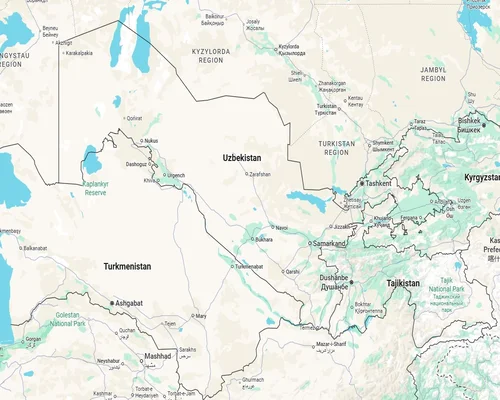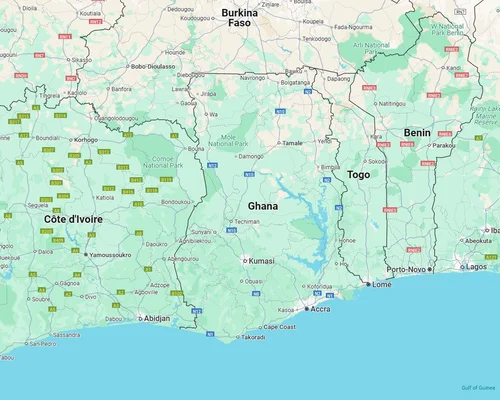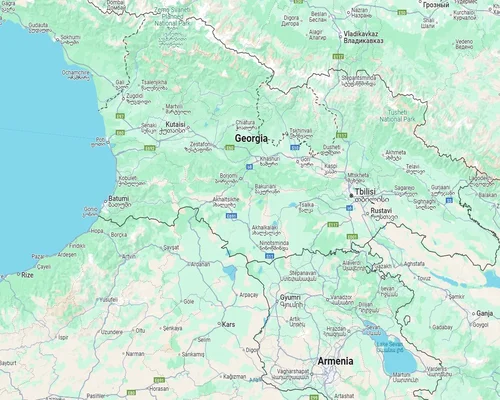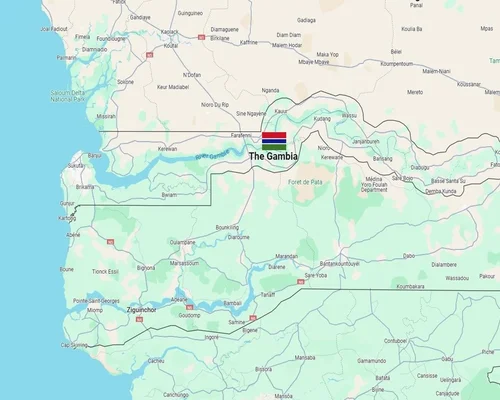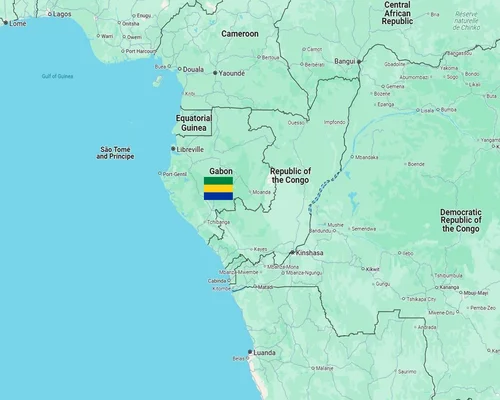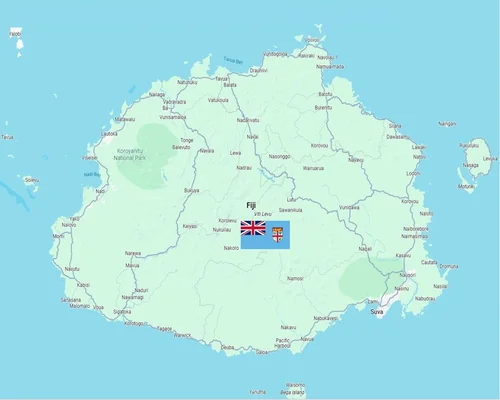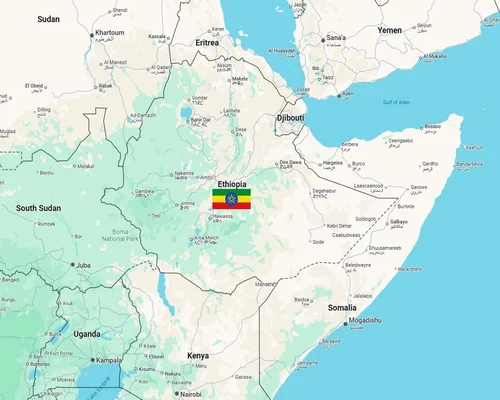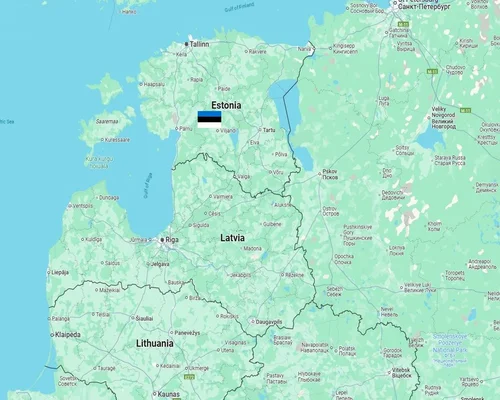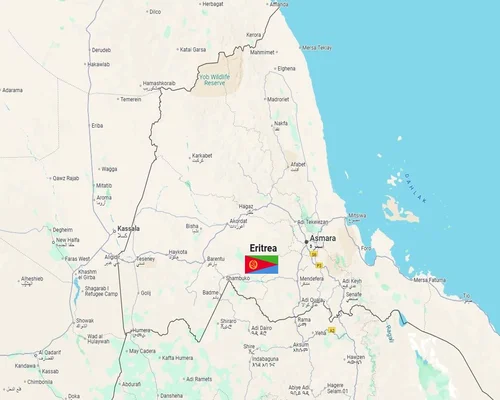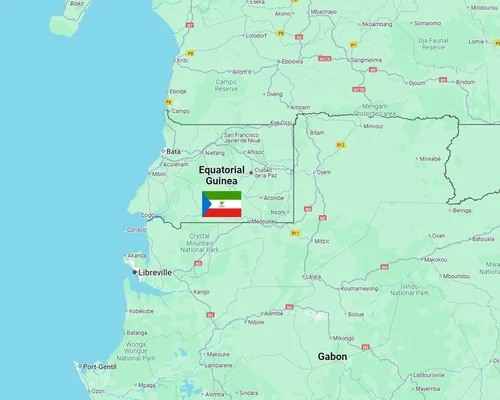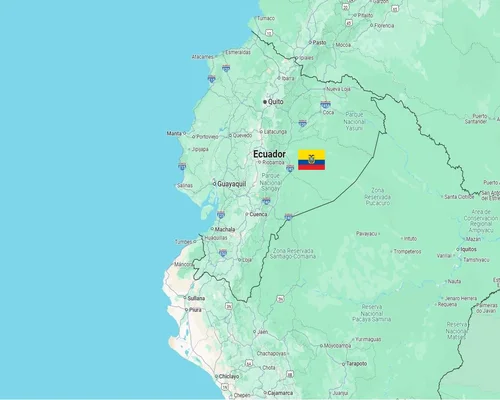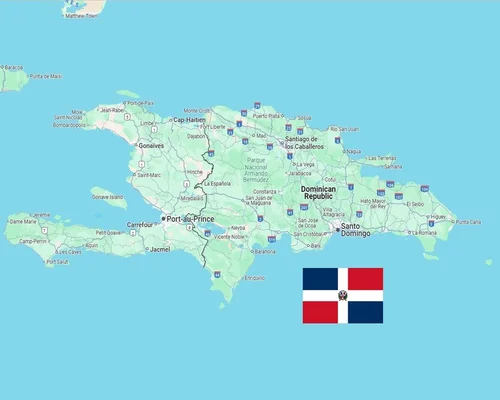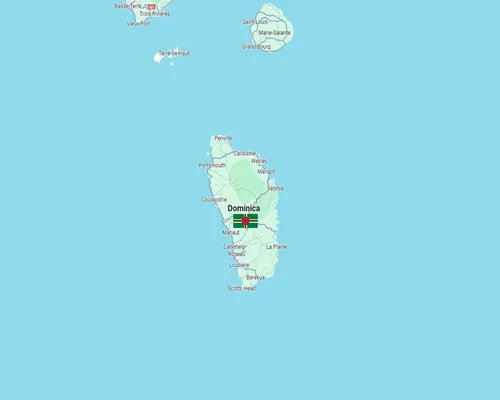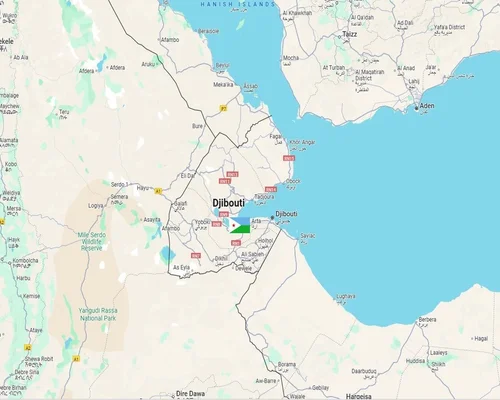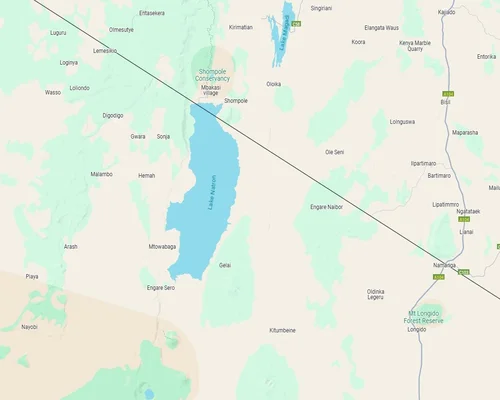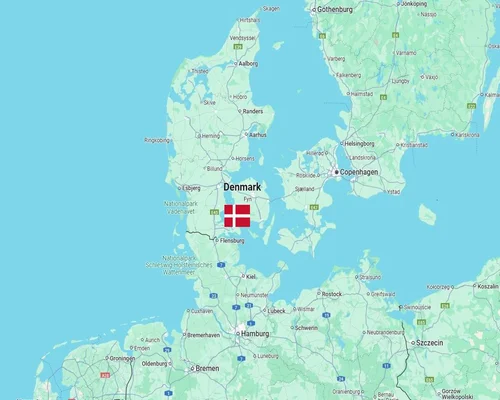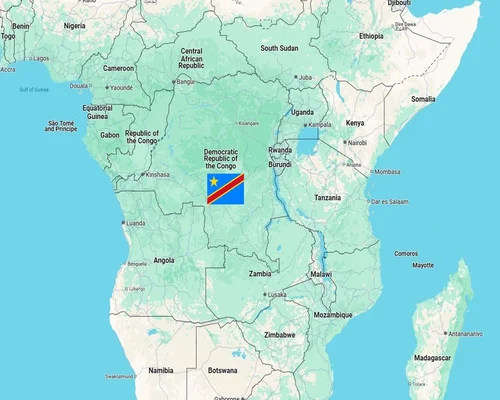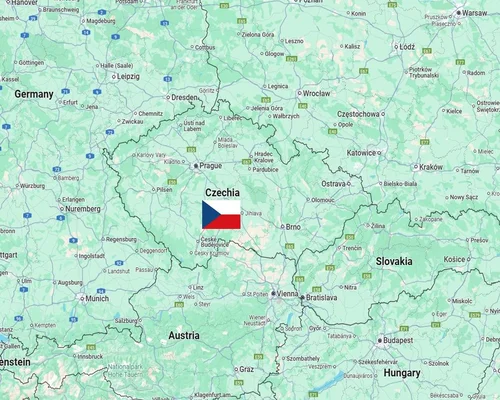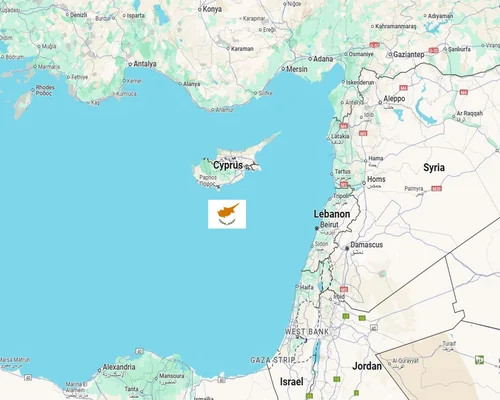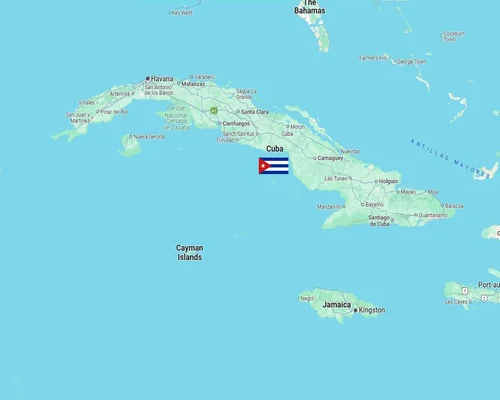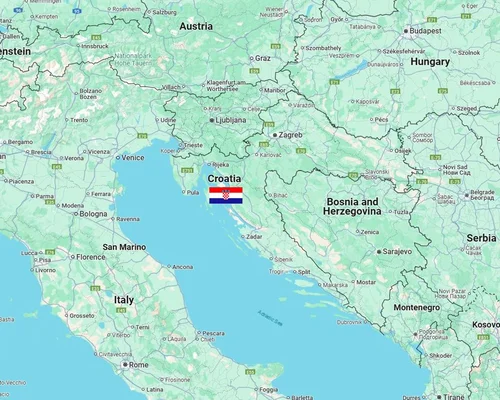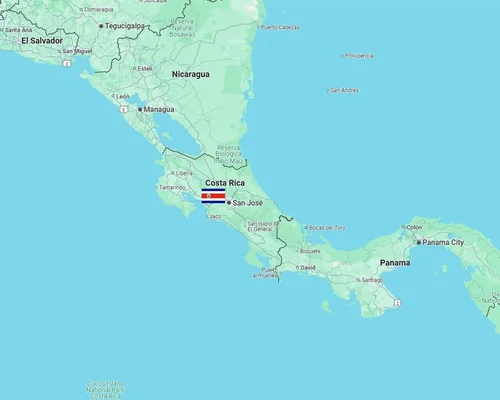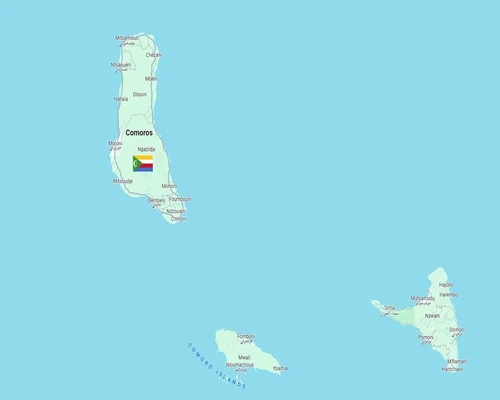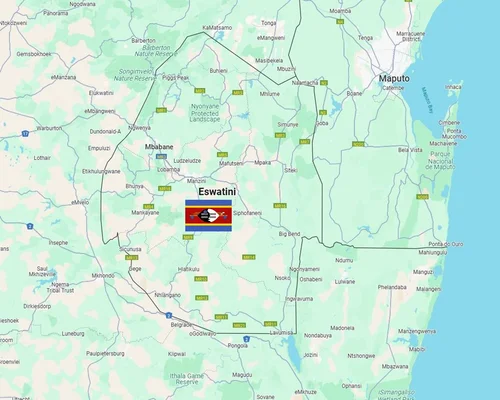
Eswatini Country Fact
Information about the country of Eswatini
Eswatini, formerly known as Swaziland, is a small but culturally rich country in southern Africa. It is one of the last remaining monarchies in Africa, with the monarch as head of state.
General information:
Capital:
- Mbabane – administrative capital
- Lobamba – royal and cultural capital
- Location: Located in the interior of southern Africa, bordered by South Africa to the north and west, and Mozambique to the east.
- Area: Approximately 17,364 square kilometers (one of the smallest countries in Africa).
- Population: Approximately 1.2 million (as of 2024).
- Government: Absolute Monarchy. The current King, Mswati III, has been in power since 1986.
- Languages: Official languages: SiSwati and English.
- Currency: Lilangeni (SZL) and South African Rand (ZAR).
- Religion: Mainly Christian (Roman Catholic and Protestant). A small number of people practice traditional African religions.
- National Day: 6 September (Independence Day, 1968).
- History: Ancient Civilization: The people of Eswatini arrived in southern Africa during the Bantu migration (13th century). The Swazi group became powerful in the 18th century.
- Colonial Rule: The country was declared a protectorate by the British in 1881. It gained independence from the United Kingdom in 1968.
- Recent History: In 2018, King Mswati III changed the name of the country from Swaziland to Eswatini.
- Geography: Topography: The country is mainly made up of mountains, plains, and valleys. The Lubombo Mountains and lush forests are particularly notable.
- Rivers: The main river is the Usutu, which is used to generate electricity.
- Climate: Hot in summer and dry and cold in winter. Hot in the plains, but cooler in the mountainous regions.
Economy:
Main sectors:
Agriculture: Sugarcane, maize, cotton and cattle raising are the main sectors.
Industry: Sugar mills, textiles, paper production.
Tourism: Traditional culture and wildlife sanctuaries are popular.
Trade:
Main exports: Sugar, textiles, citrus fruits, timber.
Major trading partners: South Africa, European Union, China.
Challenges:
High unemployment and poverty rates.
High rates of HIV/AIDS which affect the country population growth.
Culture and lifestyle:
Culture: Swazi culture is very traditional and has a royal influence.
Umhlanga Dance Festival: A traditional dance festival for virgin girls organized by the royal family. The king practices polygamy.
Food:
Sidudu: Traditional food made from maize.
Emvubu: Locally popular beer.
Beef, dairy products, and vegetables are the main dishes.
Festivals:
Incwala: Festivals to show allegiance to the king and his power. Traditional dances and songs are an important part of social life.
Sports:
Popular sports: Football, rugby, and athletics.
Tourist attractions:
Hlane Royal National Park: Famous for elephants, lions, rhinos, and other wildlife.
Mantenga Cultural Village: Swazi traditional village where tourists can experience local culture.
Sibebe Rock: The second largest granite rock in the world.
Ezulwini Valley: Known as the "Valley of Paradise" and one of the most beautiful areas in the country.
Challenges and Future:
Challenges: Lack of democratic governance (ruled by a monarchy). Unemployment and poverty are major problems in the country. High HIV/AIDS rate (about 26%), one of the highest in the world.
Development Potential: Plans to increase investment in tourism and eco-friendly industries. Efforts to improve education and health sectors.
Conclusion:
Eswatini is a traditional, beautiful and culturally rich country. Although it is ruled by a monarchy and faces some challenges, it can become a stronger economy if tourism, agriculture, and mineral resources are properly utilized.

